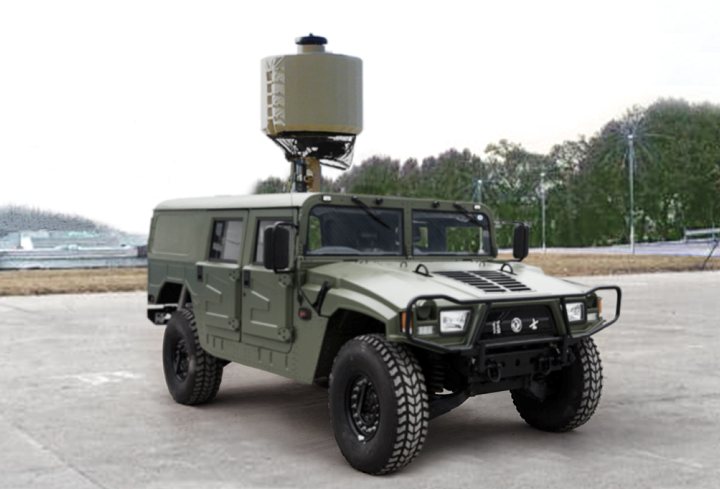Surface movement radar is critical in air traffic control and airport operations, ensuring the safe and efficient movement of aircraft on the ground. There are two primary types of surface movement radar: primary radar and secondary radar. In this article, we will explore the key differences between primary and secondary surface movement radar, highlighting their functions, features, and applications.
Primary Surface Movement Radar:
Primary surface movement radar operates based on the reflection of radio waves off physical objects, such as aircraft or vehicles. It relies on the radar's ability to emit radio waves and receive their echoes when they bounce back. Here are some key features and functions of primary surface movement radar:
Detection Range and Accuracy:
Primary radar systems have a shorter detection range compared to secondary radar, but they can accurately detect and track the position, speed, and direction of aircraft and vehicles on the ground within this limited range.
Independence from Aircraft Transponders:
Unlike secondary radar, primary radar does not require the aircraft or vehicle to have a transponder. This makes primary radar useful for detecting non-transponder-equipped targets, such as ground service vehicles or smaller aircraft.
Weather Interference:
Primary radar signals can be affected by weather conditions, such as rain, snow, or fog. These environmental factors can reduce the radar's accuracy and detection range, making it less reliable during adverse weather conditions.

Secondary Surface Movement Radar:
Secondary surface movement radar operates based on the exchange of signals between the radar and transponders installed in aircraft or vehicles. Here are the key features and functions of secondary surface movement radar
Identification and Tracking:
Secondary radar systems utilize Mode S transponder technology to exchange identification and other data with aircraft or vehicles. This enables the radar to accurately identify and track individual targets, providing detailed information such as aircraft type, altitude, and flight number.
Extended Range and Enhanced Accuracy:
Secondary radar systems typically have a longer detection range and higher accuracy compared to primary radar. They can cover larger areas and provide more precise positioning and tracking of aircraft and vehicles on the ground.
Weather Resilience:
Secondary radar is less affected by adverse weather conditions compared to primary radar. Since it relies on transponder signals rather than direct reflection, it is more resilient to weather interference, ensuring reliable operation even in challenging weather conditions.
Primary and secondary surface movement radar systems serve distinct purposes in air traffic control and airport operations. While primary radar excels at detecting non-transponder-equipped targets within a limited range, secondary radar offers extended range, enhanced accuracy, and the ability to exchange data with transponder-equipped aircraft. Understanding the differences between these two radar types is crucial for ensuring safe and efficient ground movements in airports and maintaining effective air traffic control systems.
As a leading surface movement radar supplier and exporter in this field, we are committed to being a trusted and reliable partner, providing high-quality radar systems and exceptional export services. Visit our website to explore our extensive range of radar solutions and experience the reliability and expertise we bring to every partnership. Trust us to meet your radar system needs with excellence – visit our website today.

